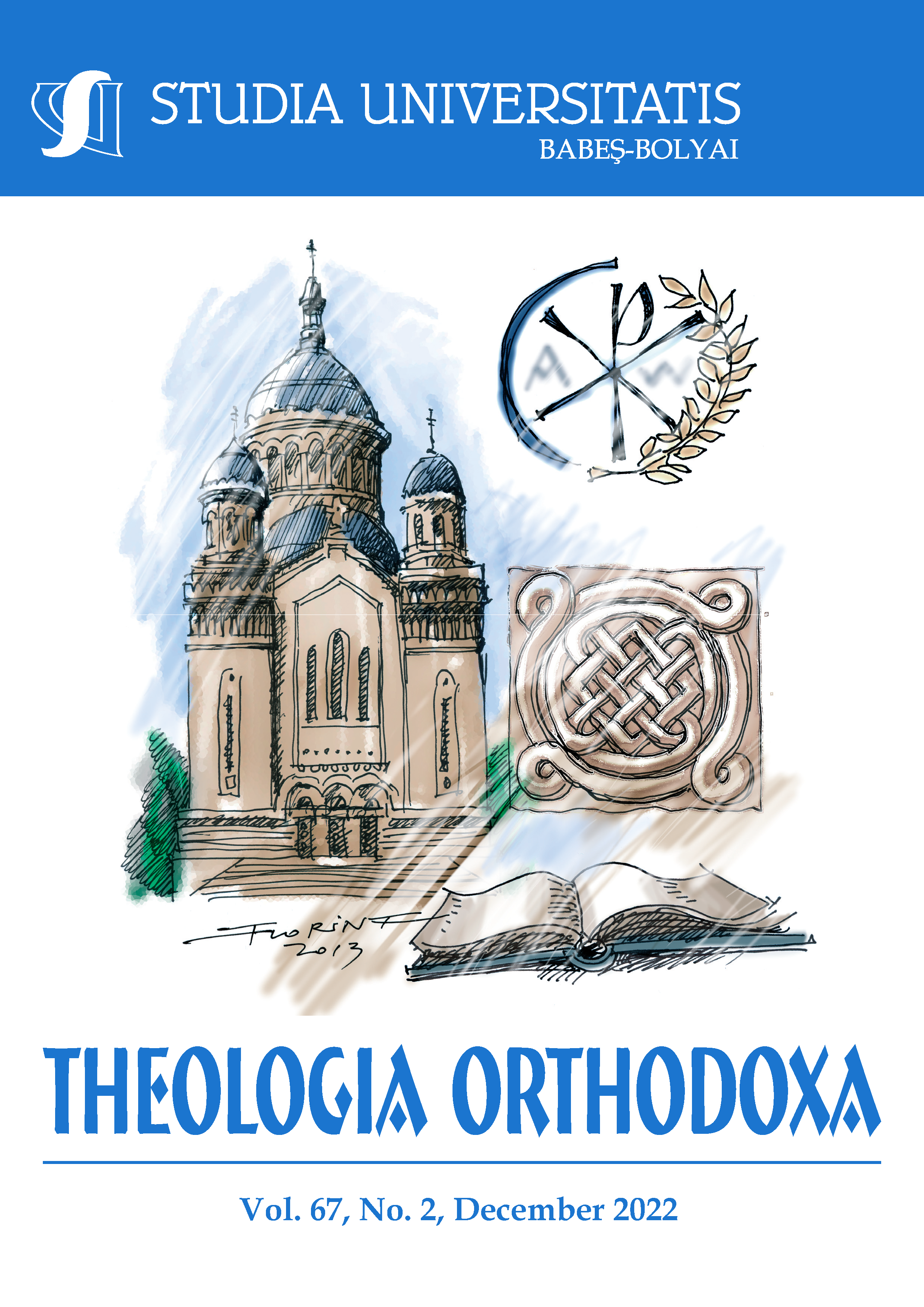DIAGRAM REASONING AND PARACONSISTENT THINKING: HIEROMONK HIEROTHEOS, HIS ANCESTRY, AND LEGACY
DIAGRAM REASONING AND PARACONSISTENT THINKING: HIEROMONK HIEROTHEOS, HIS ANCESTRY, AND LEGACY
Author(s): Basil LouriéSubject(s): Christian Theology and Religion, Systematic Theology, History of Religion
Published by: Studia Universitatis Babes-Bolyai
Keywords: Byzantine theology; Trinitarian theology; triadology; Eustratius of Nicaea; Nicetas “of Maroneia;” Nicephorus Blemmydes; Theodore II Laskaris; hieromonk Hierotheos; Theophanes of Nicaea;
Summary/Abstract: The article is dedicated to the use of logical diagrams in Byzantine Trinitarian theology. Logical diagrams are a kind of logical computation that is often considered to originate with Euler and Leibniz, but they were, in fact, used by Byzantine theologians since at least the ninth century. Nevertheless, logical diagrams were never so widely accepted as they began to be from the late thirteenth century to the early fifteenth century. The diagrams seem to have been introduced into Trinitarian theology by Eustratius of Nicaea (an authoritative philosopher who did not fare as well as a theologian) in his anti-Latin polemics dating to ca. 1112. From there, the use of diagrams was reclaimed in about the 1140s by the Latinophrone Nicetas “of Maroneia” and rejected in 1256 by the anti-Latin theologian Emperor Theodore II Laskaris. Nevertheless, beginning in the 1270s, their popularity and variability exploded. Eventually, triadological diagrams were “canonized” as the legacy of St. Hierotheos of Athens, the teacher of Dionysius the Areopagite, by Joseph Bryennios in the early fifteenth century. Even the “internal” opponent of Palamite theology, Theophanes of Nicaea, resorted to diagrams in defending his own triadology. The figure who rendered diagrams critical for the “Hesychast” theologians was, in the 1270s, hieromonk Hierotheos. He was able to express with diagrams the inconsistency of the mainstream Byzantine understanding of the Trinity. Nevertheless, his own name would come, in the fourteenth century, under a kind of damnatio memoriae, so that his main ideas circulated rather under the name of Hierotheos of Athens. This article argues that hieromonk Hierotheos passed from the Church of Patriarch Joseph to the Church of Patriarch Arsenius (or the Arsenites). Some of the highly authoritative teachers of the Palamites were in disagreement with the Great Church on the Arsenite issue, refusing to accept the act of 1410, where the Great Church had declared the Arsenites to be on the right side of the conflict. This fact could have affected the memory of hieromonk Hierotheos in the milieu where his works were most in demand.
Journal: Studia Universitatis Babes-Bolyai - Theologia Orthodoxa
- Issue Year: LXVII/2022
- Issue No: 2
- Page Range: 61-125
- Page Count: 65
- Language: English

